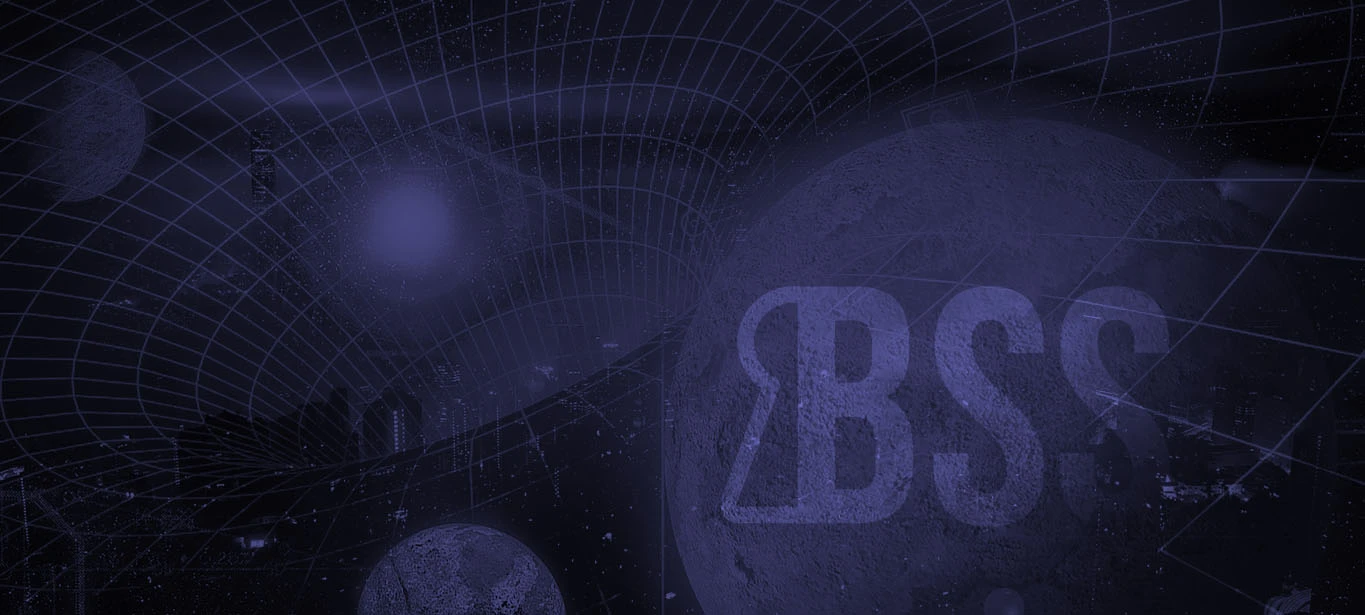Top 5 BSS requirements for a Connected Future


Stakeholders across the information and communications and technology (ICT) world envision a connected future where zero-touch automation is accessible to manage and control highly integrated services, devices, and networks dynamically. The trend toward zero-touch has advanced in consumer markets throughout the initial wave of digital-first innovation because of a desire to meet connected consumers’ rising expectations for rich customer experiences and deep self-service capabilities. But making what happens on a B2C screen happen in the B2B and the B2B2X world is a much more sophisticated proposition.
Because customer experience (CX) expectations are leaping to B2C levels across business markets, most CSPs admit their existing BSS cannot yet support 25% or more of the 5G services they plan to introduce, according to TM Forum research. And yet, 87% of these CSPs say 5G is important or critical to their revenue growth strategies. CSPs recognize that they must close the gap. Many are scrutinizing their BSS capabilities to find ways to extend and enhance them to support a far more connected experience across multiparty B2B ecosystems.
While trying to shift their customer experiences to zero-touch, many CSPs are also trying to increase the value they provide in specific B2B market segments. It is common to introduce vertical-specific applications, devices, and network solutions in conjunction with partners to deliver complete, specialized solutions. A few use case examples include:
Education: Consider museums using virtual reality (VR) and augmented reality (AR) to expand educational experiences with immersive content that comes alive as learners engage with it, responding to their choices.
Automotive: Connected car solutions help eliminate major expenses, bad publicity, and stock price drops by replacing many maintenance recalls with predictive over-the-air (OTA) software updates.
Transportation: AR has been demonstrated to guide travelers through complex journeys end-to-end, making live suggestions while integrated apps facilitate ID, boarding card, payment and other exchanges digitally.
5 Must-Have BSS Capabilities
In order to monetize these and other types of complex, multicomponent, and dynamic services, CSPs need a BSS that supports a variety of sophisticated functions. Not only do zero-touch experiences need support, but CSPs must also ensure, as always, that customers are looked after, partners are compensated, and revenue is collected and assured. Here are five B2B BSS requirements CSPs say are urgent or which they must meet to support B2B customer demand for a more connected customer experience in the near future:
1. Flexibility & scalability: According to TM Forum research nearly 80% of CSPs say that flexibility and scalability are their most urgent enterprise BSS requirements. Neither should be a surprise because the changing nature of new B2B and B2B2X business models necessitates flexibility, such as in account and compensation structures, as well as the scalability to support very large clients who may onboard at scale.
2. Customer analytics: Another 76% of CSPs say that customer analytics is a top BSS need. CSPs have invested substantially in analytics to improve consumer operations and experiences, sometimes to the point of diminishing returns. Now, CSPs are shifting focus to equip B2B organizations with modern customer analytics tools which, ideally, will provide a feedback loop for continuous improvement in CX automation and self-serve access.
3. Automated service configuration: More than 60% of CSPs rate automated service configuration as an urgent BSS need. In fact, it is a capability that arguably spans every level of the B2B marketplace - from the small SOHO user that prefers pure self-serve, to the large enterprise with support desks that need to be self-sufficient. In the customer’s connected future, having real-time or near real-time control over services and service configurations is assumed.
4. Business assurance: Revenue assurance, risk management, and fraud management – aka Business Assurance – must be in place to backstop a far more sophisticated service ecosystem. One of the unique aspects of the emerging 5G B2B ecosystem is the evolution of new partnerships, revenue flows, settlement mechanisms, and compensation structures that will need to be both reflected in and assured by the BSS infrastructure. Assuring that every party has visibility into the process and a basis by which to assure they have received their fair share will be crucial to building trust as well as profitability across B2B ecosystems.
5. Nearly infinite business modeling: A fundamental requirement that continues to set B2B billers apart from B2C billers is the ability to support sophisticated account structures with nearly infinite parent-child-sibling types of relationships. In the new light, the BSS needs not to define business models in stone, but to support any sort of model from a small business’ simple account to a large enterprise’s internal accounting and chargeback structures, as well as transactions that occur between ecosystem players. Tools like TM Forum CurateFX have been very helpful to CSPs when designing ecosystem maps and flows which can then be modeled into BSS for billing, settlement, and other executive functions.
These requirements are just a few of the many classic and new features that BSS will need to drive CSPs’ 5G revenue growth plans and create the connected future their most valuable customers envision. How well any CSP’s BSS can support automation, change, scale, and new business models will determine whether they can sustain the ecosystems necessary to bring this vision to life.
Author: Ed Finegold, Contributing Analyst, TM Forum








